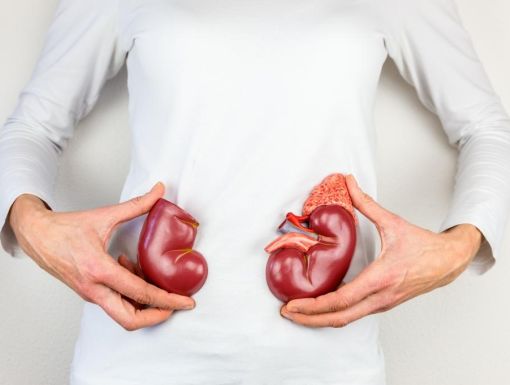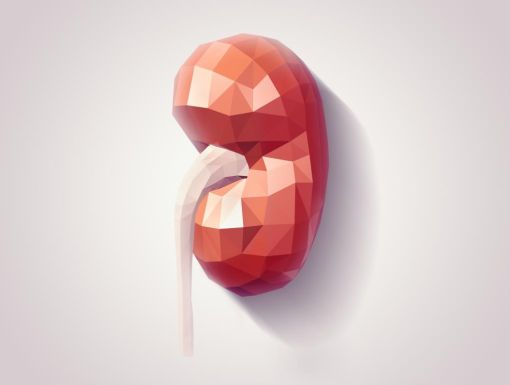
What are Simple Kidney Cysts?
Our two kidneys are the unsung heroes of our urinary system. They perform the essential work of keeping our system balanced and regulated by removing extra water and waste, controlling blood pressure and producing red blood cells. Issues related to our kidneys can be scary. Your mind may immediately jump to something serious like end-stage kidney disease or end-stage renal failure, which requires a medical intervention such as dialysis or transplant. And for many people, any mention of the word cyst automatically raises concerns about cancer, which can trigger panic.
But if your doctor has discovered a simple kidney cyst in your body, there is no immediate cause for alarm. A simple kidney cyst is like a bubble on the kidney that is filled with fluid. While these cysts are abnormal, they rarely cause problems. In most, simple kidney cysts do not directly cause detectable symptoms and do not require treatment or removal.
Simple kidney cysts typically develop because of aging. They can form on one or both of our kidneys and range in appearance from a pea size to the size of a ping pong ball. Cysts rarely harm the kidneys or impact their ability to perform the essential functions that keep us alive and healthy. However, there is a slight risk of complication if a cyst grows too large or if a person develops multiple simple kidney cysts.
What causes kidney cysts?
The jury is still out on what exactly causes a simple kidney cyst to form among medical professionals. However, we do know that some hereditary diseases cause cysts in the body. For this reason, we recommend people with cysts undergo an evaluation to rule out the connection to the disease. Less commonly, simple kidney cysts can form due to a nodule or mass.
How are kidney cysts treated?
Usually, cysts require no treatment. If a cyst is not just a simple cyst and has other components associated with it, it may sometimes require surgical intervention.
How do you know if you have a simple kidney cyst?
Large studies indicate that about 1 in 10 people have simple kidney cysts, so they are not uncommon. In adults age 50 and above, the likelihood increases to about 1 in 5 people. As we discussed earlier, cysts become more common as we get older. Men are also more likely to develop simple kidney cysts, with one study indicating that the likelihood is about 2-1 between men and women.
Typically, healthcare professionals will discover cysts when a patient has a CT scan, MRI, or ultrasound for another medical reason. Larger cysts can sometimes cause pain, so your doctor may suspect cysts in that case and order imaging tests to investigate further.
What happens if a simple kidney cyst grows too big?
Though typically small, cysts can grow to be as large as the kidney. When cysts are associated with a nodule or mass, there is risk of cancer. In this case, the cyst requires closer evaluation and possibly surgery to remove it.
If a kidney cyst grows too large, it may cause pain or discomfort. Pain may occur if the cyst presses against other organs or bones, blocks blood or urine flow within the kidney, or becomes infected. Occasionally, simple kidney cysts may also burst, which can cause pain. Healthcare professionals can help intervene if things get to this point.
Are there other risks associated with simple kidney cysts?
A simple kidney cyst or collection of cysts can usually go untreated by healthcare professionals. It may be necessary to undergo ultrasounds to monitor the cysts for any changes or issues.
As the regional expert in the diagnosis and treatment of kidney disease, Ochsner offers a full range of nephrology services. Learn more here.



